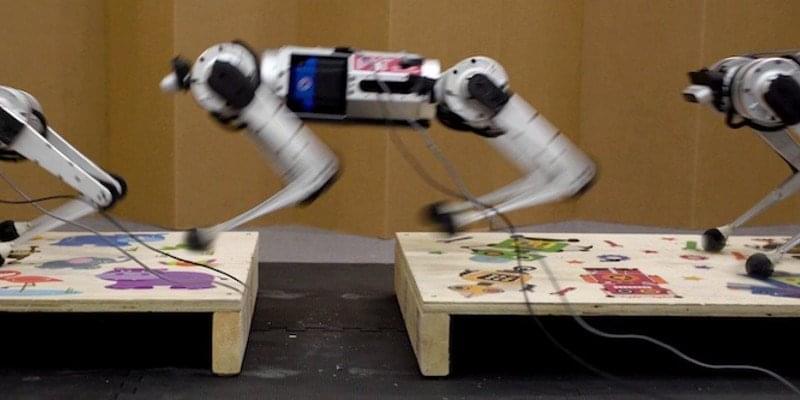Builder of infrastructure for drone delivery and eVTOL air taxi vehicles, Urban-Air Port opens its first fully functional vertiport.
Urban-Air Port, the London-based developer of vertiports for delivery drones and electronic takeoff and landing (eVTOL) vehicles like air taxis, has opened the doors of its first functional aerial hub – one of 200 terminals it plans to build around the globe in the near future.
Awaiting those, Urban-Air Port will open the hub to visitors for a look at what future urban air travel will be like (complete with screens listing departing flights and destinations it expects to host). The facility includes off-grid hydrogen eVTOL vehicle charging stations; an elevated takeoff and landing platform; security checks and passenger waiting zones; a cargo drone area; and spaces for its host of retail brand partners.






